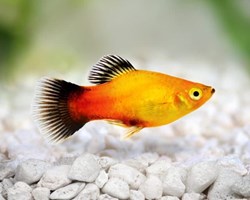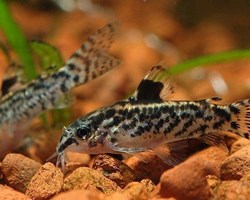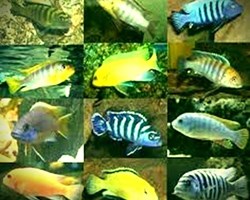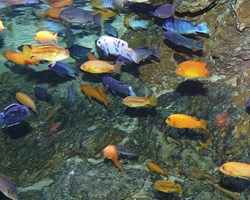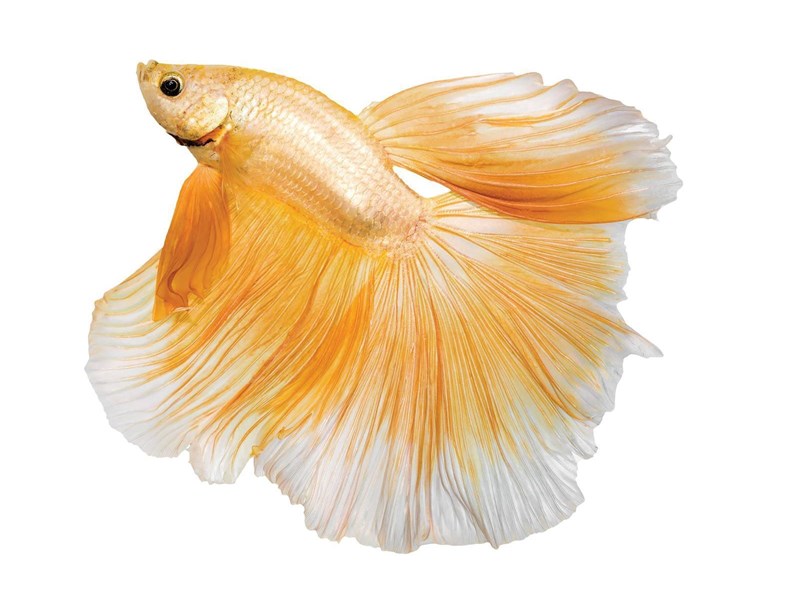
TAXONOMY:
Kingdom : Animalia
Edge : Chordata
Class: Actinopterygii
Subclass : Neopterygii
Underclass : Teleostei
Superorder: Acantopterigii
Order: Perciformes
Family: Osphronemidae
Gender: Bettas
Species: B. splendens
Binomial name : Betta splendens
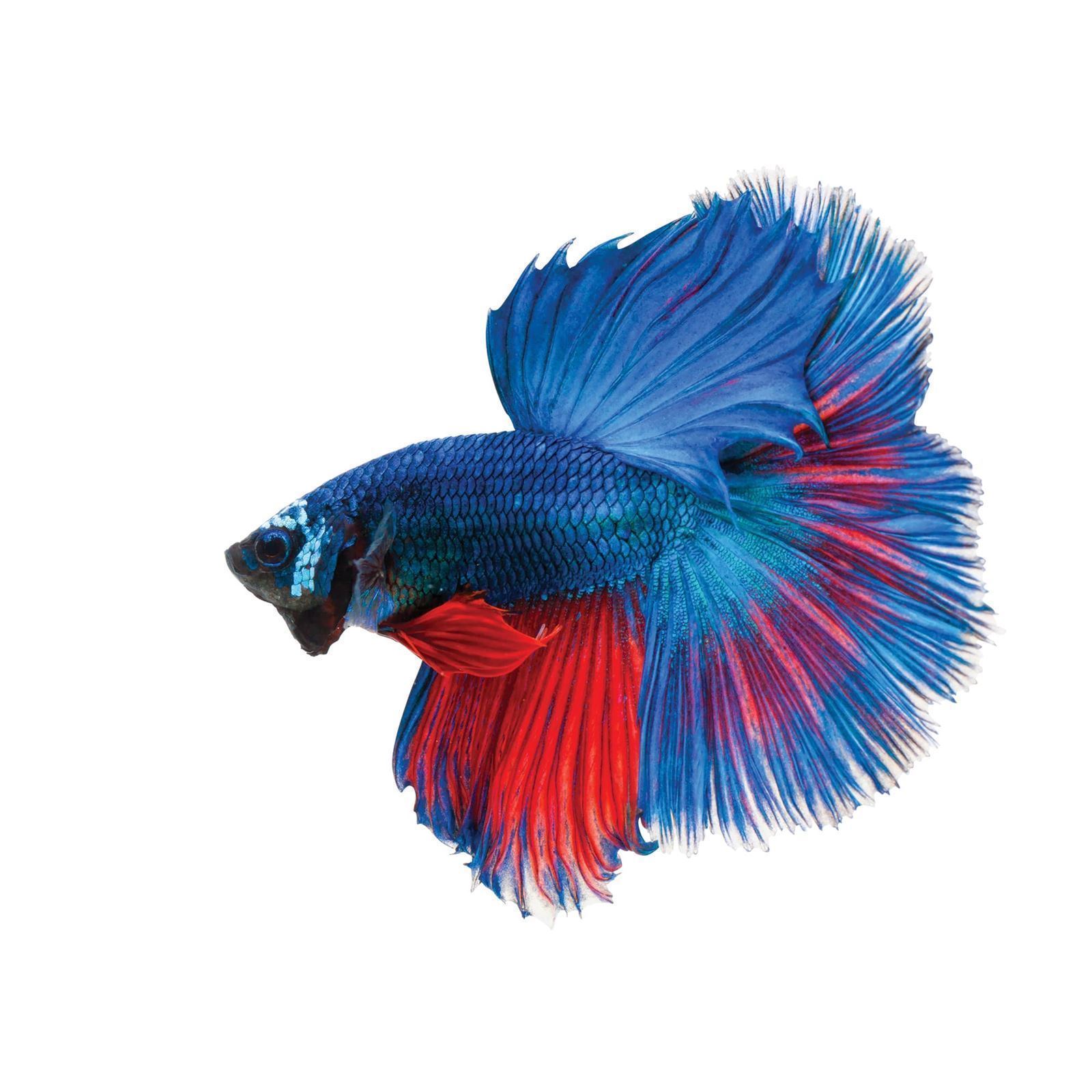
THE ORIGIN OF BETTA SPLENDENS:
The Betta Splendens inhabits Thailand, Siam, Vietnam and even India and Malaysia.
Coming to live even in small ponds.
The "Siam Fighter" is one of the most elegant freshwater fish in the aquarium, its veil and distinguished movement demonstrate it.
Its biggest difference from other fish is the labyrinth, a characteristic organ that allows it to breathe atmospheric air. It works as an auxiliary respiratory system, allowing you to take in oxygen.
COMMON NAME:
Betta Fish, Siamese Fighter, Siamese Fighter, Siamese Fighting Fish.
BIOTYPE:
With fusiform and elongated body body.
The males can reach a size of 7 centimeters in length and the female about 5 or 6 cm.
YOU MUST KNOW WHERE YOU COME FROM TO OFFER YOU THE BEST CARE:
In freedom, the "Siamese Fighter" is found and develops its life in swamps, ponds, rice fields and other areas of stagnant water. These stagnant waters usually have no breathable oxygen and usually have a slight current or no water flow.
HOW ARE THE CHARACTERISTICS OF THE BETTA SPLENDENS:
Body fusiform, elongated and flexible.
It has very characteristic long fins, fan-shaped, similar to a veil in the case of males.
The abdominal fins are saber-shaped; the dorsal, starts from the posterior half of the back.
His mouth exceeds will be responsible for acquiring air to breathe.
Perhaps the most commercialized species of the Betta Genus worldwide, it was the only one distributed for many years.
The wars that have been waged on the Indochinese Peninsula since the beginning of the 20th century (particularly in Viet-Nam and Cambodia), prevented field work from being carried out that would allow the survey of other species.
While the war was going on, some species were on the verge of extinction due to the destruction of their environment by war actions.
We must remember the endless bombardments with napalm and defoliants that devastated much of the jungle in Viet-Nam and Cambodia.
From the end of the conflict came the social and economic reconstruction of the countries involved in the Viet Nam War (which extended to the entire Indochinese Peninsula), and, given the new scenario, field work could be carried out so that, from 1994 onwards, about 55 new species of Betta are known.
Species whose beauty and reproductive habits have nothing to envy the patriarch of the Genus.
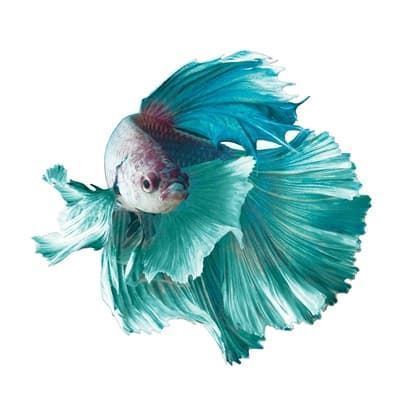
Most of the species have been distributed throughout the Indochinese Peninsula (Siam) and adjacent region.
Most inhabit jungle areas subject to seasonal climatic changes: dry season in summer, heavy rains and monsoons between June and October, and intermediate processes that range from intense drought to flooding.
Some species live in areas more exposed to prolonged droughts and water scarcity while others live in inland streams or rivers whose flow changes violently with the arrival of the rains.
Obviously those that occupy niches in streams or rivers with low flow (which increases violently at the arrival of the monsoons) have found an alternative in mouthbrooding to protect their offspring, since the nests would be swept away by the current.
Few species exceed 7-8 cm.
THE BEST AQUARIUM AND ITS MAINTENANCE:
You need an aquarium of 20 liters for a male and 40 liters for a male and three females.
Regarding the decoration of the aquarium, it must have a large number of plants, trunks, caves or any other material that they can use to hide and escape from the harassment of their peers.
In general, males cannot easily coexist with other males of their own species, but they are usually very peaceful in a general aquarium where there are no other Betta.
In any case, it will always be preferable to keep any species of Betta in specific individual aquariums, in which the male is kept separated from the female/s with glass as a partition.
When it is appreciated that the moment of reproduction has arrived, the separating glass can be removed observing the behavior of the male.
Both in aquariums where fry and juveniles grow, abundant plants can be arranged, which will allow them to feel safer.
In the breeding aquarium, it will depend on the species, since in some cases floating plants may be necessary to facilitate the construction of the nests.
In other cases they will not be necessary.
In the community aquarium, the plants will be the usual ones for this type of environment.
They adapt to both soft and moderately hard and well-filtered waters. Some specialists recommend 50% distilled water and 50% tap water.
Although it varies from one species to another, most prefer soft waters up to 10 dH.
Hardness:
Between 5° and 14° GH.
Level:
Preferably superior, but is very curious and can explore other levels.
PH: neutral to slightly acidic, between 6.5 and 7.2.
Temperature;
Between 24° and 28° C, an average temperature of 25º.
Within these parameters, all the species of the Betta Genus can be maintained.
In community aquariums the decoration will be the usual one.
TO KNOW MORE ABOUT THE BETTA SPLENDENS YOU NEED TO KNOW WHAT IS ITS BEHAVIOR AND COMPATIBILITY:
Almost all Bettas are peaceful with other fish and to a greater or lesser extent they tend to generate fights with the males of their own species.
The most notorious is Betta splendens, which for that reason has earned the nickname "Siamese Fighter".
The other species do not present such a notorious intraspecific aggressiveness.
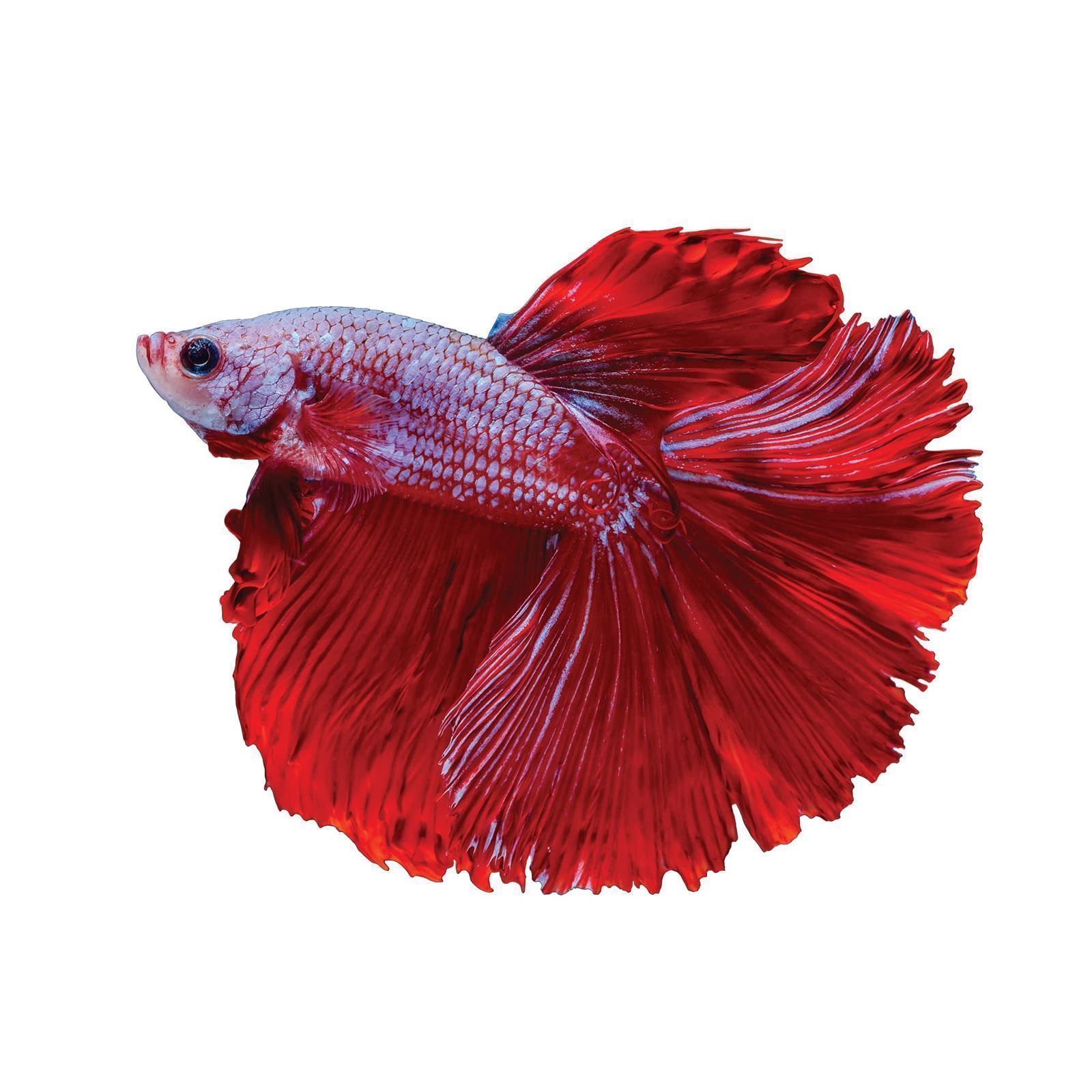
In all species, males are more colorful and tend to have slightly longer fins than females.
The male is slightly larger than the female and they also have exaggeratedly large fins and bright colors.
It also has a super nose, looking up and with thicker lips.
The female usually has a white dot between the pelvic fins, the ovipositor.
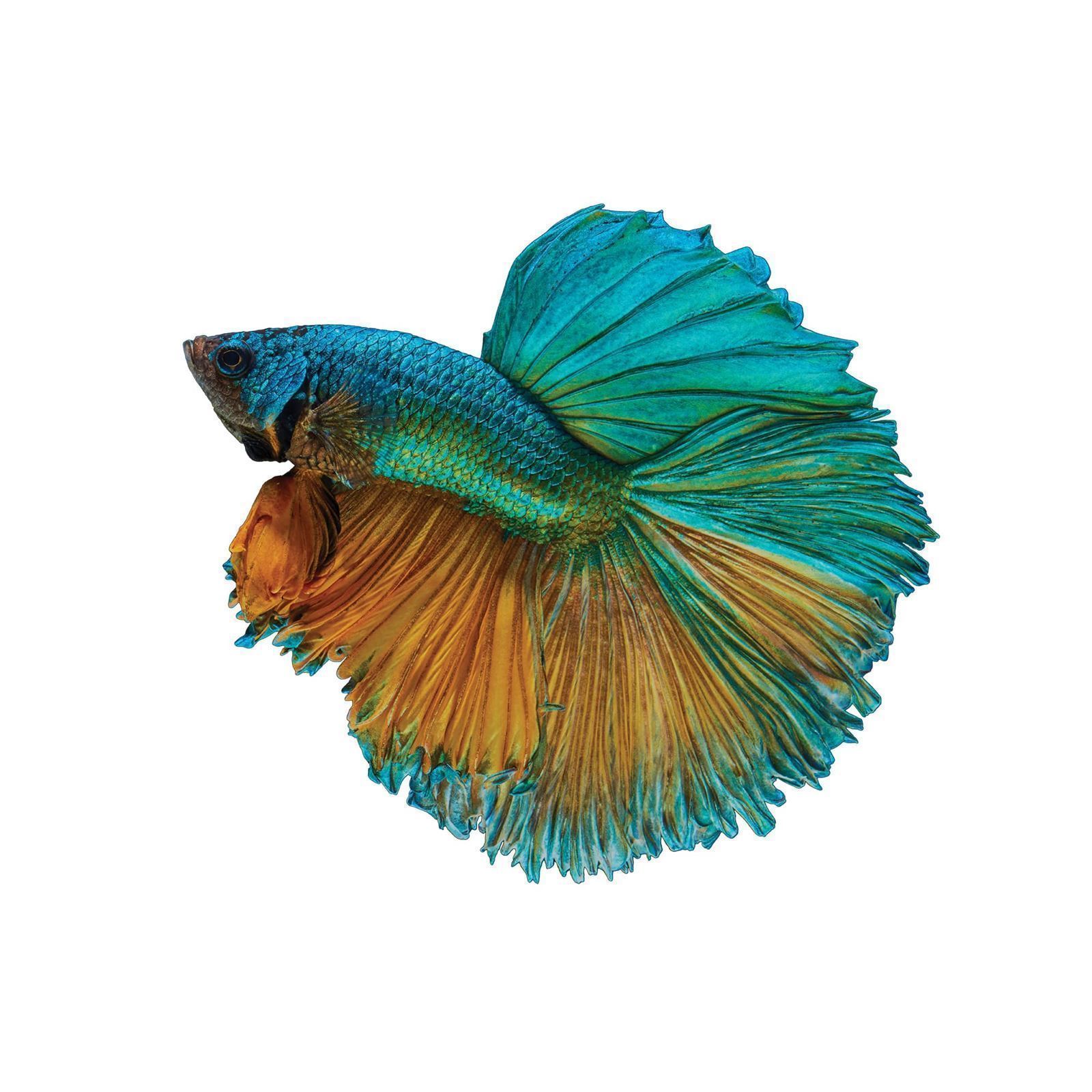
WHAT IS ITS REPRODUCTION IN CAPTIVITY:
Some species are mouthbrooders and others surface nest builders.
Two weeks before spawning, the male should be selected according to his external characteristics: size, colours, activity.
The female will have a rounded belly, which indicates the presence of eggs inside.
Then they are placed in an aquarium divided by a glass, where the height of the water is not more than twelve centimeters.
If the pair is accepted, the male will begin to make the bubble nest.
If, in addition, it extends its wings, the dividing glass must be removed.
The male, at this point, will divide his attention between the female and building the nest.
Finally, it will embrace the female surrounding her so that she expels the eggs that, as they come out, she will fertilize.
Each egg will be searched by the father and deposited, with his mouth, at the base of the nest. Due to this work, the male suffers great wear and tear and motivates the low height of the water.
The female can lay several dozen eggs and the procedure lasts two to three hours; after this time, the female should be removed to a small aquarium to recover.
It is important to feed the male well, without overdoing it, while he takes care of the eggs, to prevent him from eating them.
Betta Splendens eggs will hatch in about 48 hours from laying, but the babies will not leave the nest until they have absorbed the yolk from the nutritional sac that housed them.
This takes three to four days.
Later, they will become free swimmers near the surface.
In that state, the minnows need a lot of micro-organism feeding.
At about two weeks, the minnows will begin to develop the accessory breathing organ.
This takes about five days and is the most critical period.
If there are currents of cold air on the surface of the water, the hatchlings will inevitably die.
Hence the importance of the aquarium lid.
So, to avoid losses, the air that is in contact with the water must have the same temperature.
A common average is that less than 10% of the clutch reach maturity and most are lost at this stage.
If the young fish were able to overcome it, they will surely develop without problems.
After a month of life, you can begin -very slowly- to raise the water level, one centimeter per day, filling by dripping.
When the pups reach three or four months of age, it will be time to separate the males into individual aquariums, at least 4 liters.
WHAT IS THE BEST NUTRITION FOR YOUR BETTA SPLENDENS:
Almost all species are insectivorous in their natural environment, where they feed on aquatic insects or the larvae of flying insects or small terrestrial insects.
The Betta Splendens is omnivorous. It will accept most live and frozen foods as well as flakes and pellets. However, live food will be their favourite, specifically mosquito larvae .
In shops we can find special food for them.
It is advisable to administer brine shrimp, daphnia or infusoria as a supplement to their diet.
They obviously prefer Tubifex and other live foods.
The Betta Splendens is omnivorous. It will accept most live and frozen foods as well as flakes and pellets. However, live food will be their favourite, specifically mosquito larvae.
In Glu Glu Pet you can find special food for them.
It is advisable to administer brine shrimp, daphnia or infusoria as a complement to their diet.
THE COLORATION OF THE BETTA SPLENDENS:
In nature, the color is generally reddish brown, with bluish-green iridescence and red, green, or blue dots.
In captivity the coloration is indefinable due to genetic manipulation, we can find specimens of almost all colors.
The males seem to change color depending on their mood, when they fight the coloration is more intense.
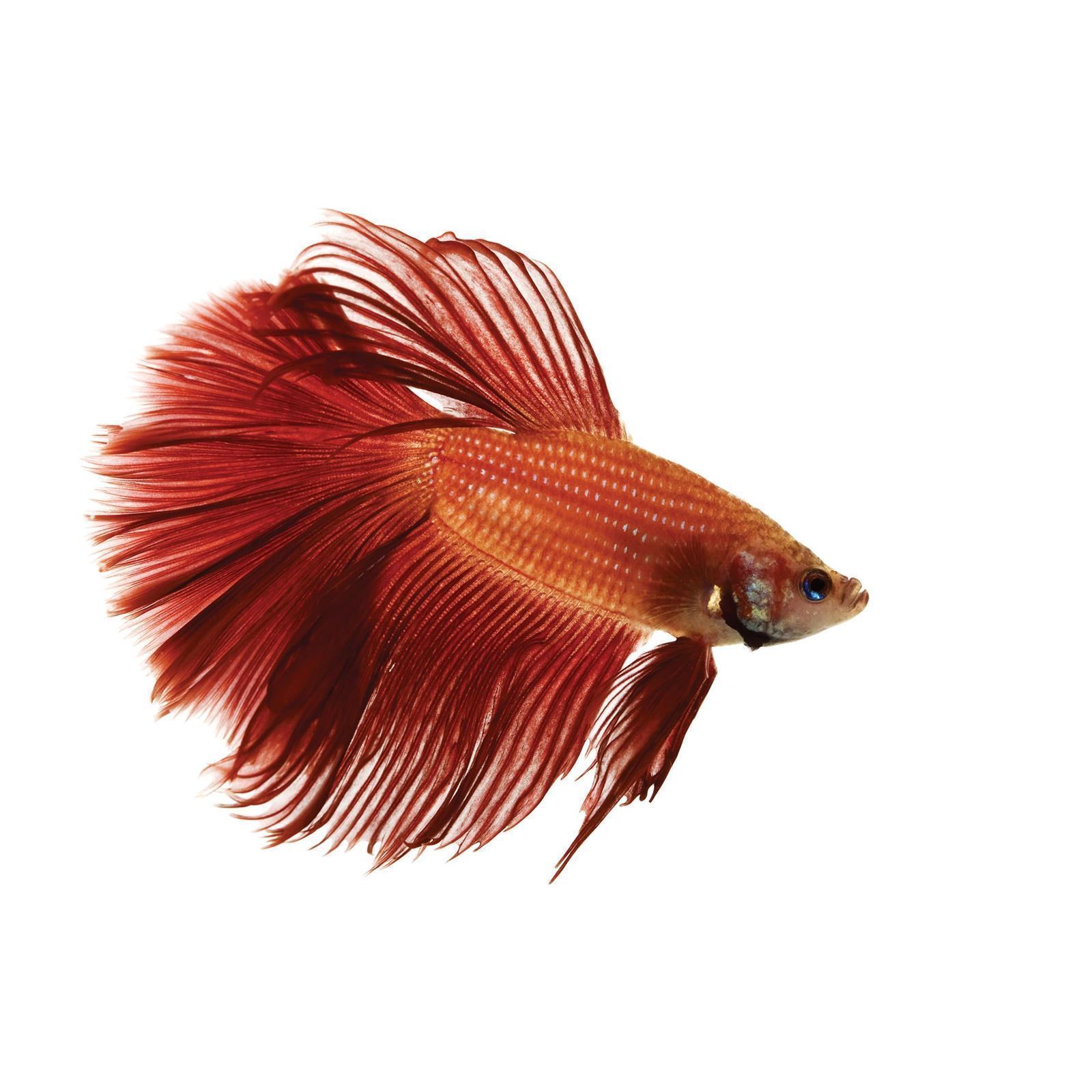
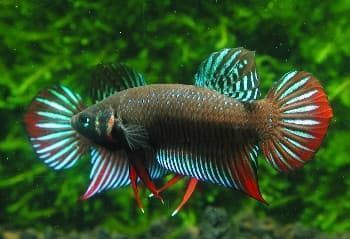
LIFE EXPECTATION:
It has a life expectancy of 2 to 3 years.

